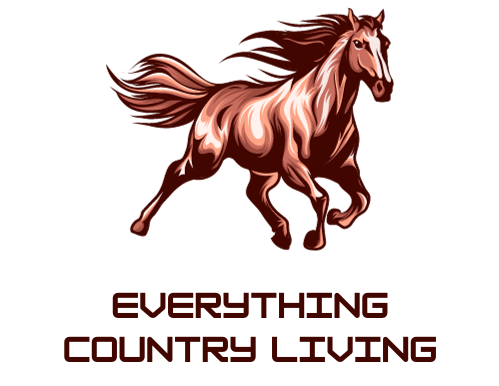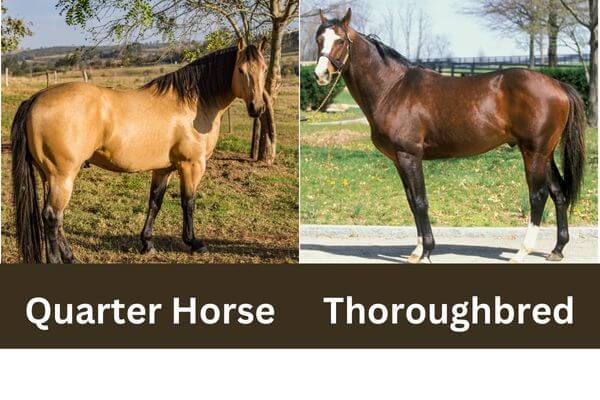
This post will compare the quarter horse vs thoroughbred and give you the differences between these two amazing breeds.
Quarter horse vs thoroughbred which is the Best
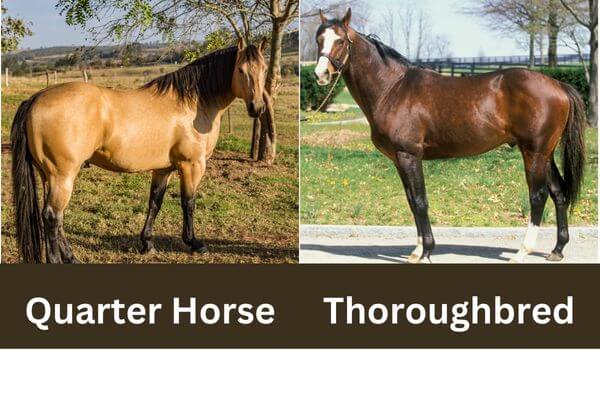
- Quarter horse vs thoroughbred which is the Best
- Embarking on the Quarter Horse vs Thoroughbred Journey
- Key Differences between a Quarter horse and Thoroughbred
- Thoroughbred: The Epitome of Speed and Grace
- Quarter Horse: The Versatile Workhorse
- Thoroughbred vs Quarter Horse: A Comparative Analysis
- Quarter Horse vs Thoroughbred Checklist
- Making the Right Choice: Thoroughbred or Quarter Horse?
- Conclusion to Quarter Horse vs Thoroughbred
- Other articles you may like:
When it comes to exceptional equine breeds, the Quarter Horse and the Thoroughbred stand out prominently. Both breeds boast impressive qualities, yet each excels in distinct areas. If you’re intrigued by what differentiates these two magnificent horses, you’ve come to the right place.
In this comprehensive guide, we’ll explore the history, characteristics, and skills of Quarter Horses and Thoroughbreds. By the end, you’ll understand what makes each breed of horse unique and which one aligns best with your equestrian aspirations.
Embarking on the Quarter Horse vs Thoroughbred Journey
Dive into the world of horses as we compare the Quarter Horse vs Thoroughbred. Strap in and enjoy this enlightening exploration of two of the most beloved horse breeds.
Key Differences between a Quarter horse and Thoroughbred
- Thoroughbred Horses: Renowned for their speed and endurance, making them perfect for flat racing and long-distance racing disciplines.
- Quarter Horses: Valued for their strength and versatility, ideal for short races, ranch horse work, and a variety of equestrian activities.
Choose Thoroughbreds if you’re inclined towards competitive sports and high-speed activities. Opt for Quarter Horses if you seek a versatile, reliable partner for shorter distances and work tasks.
Thoroughbred: The Epitome of Speed and Grace
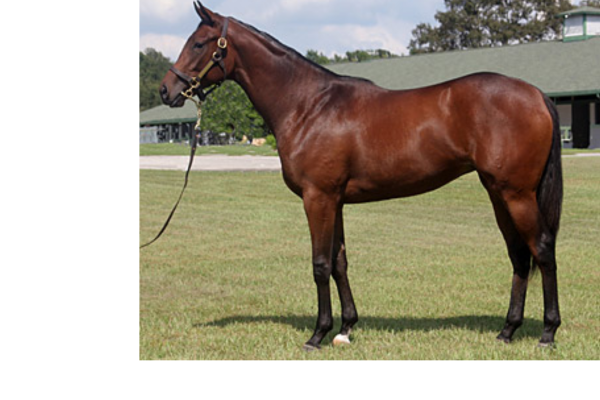
Thoroughbreds are synonymous with speed and agility. Their sleek physiques and long legs are a testament to their thoroughbred racing heritage.
Origins and History
Emerging in 17th century England, Thoroughbreds were meticulously bred for race track competition. Their lineage is steeped in a tradition of speed, making them the quintessential English horses known worldwide.
Physical Traits
- Build: Lean and tall with refined heads, designed for aerodynamic efficiency.
- Characteristics: High-spirited and energetic, requiring experienced handling and consistent training.
Athletic Prowess
Primarily excelling in long-distance racing, Thoroughbreds also shine in disciplines like show jumping, dressage, polo and eventing. Their top speed and endurance allow them to perform exceptionally in long-distance competitions. Thoroughbred races focus on speed and stamina over long distances.
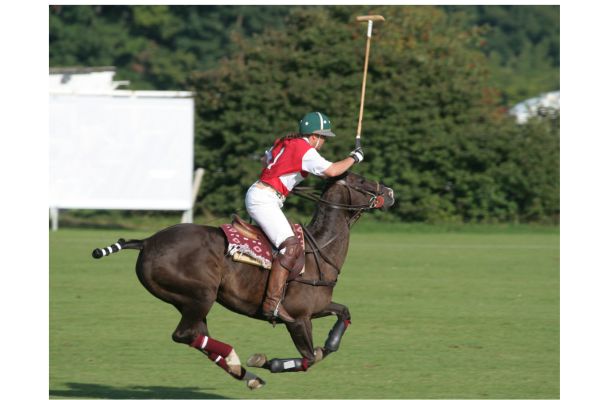
Care and Maintenance
Thoroughbreds demand specialized care:
- Health: Prone to leg injuries and respiratory issues.
- Diet: Balanced nutrition to support their high-energy lifestyles.
- Training: Rigorous and consistent to harness their potential.
Despite these challenges, Thoroughbreds remain beloved for their intelligence and strong bonds with handlers. Legendary names like Secretariat and Seabiscuit highlight their storied legacy, often recognized by the Jockey Club for their contributions to thoroughbred racing.
Quarter Horse: The Versatile Workhorse
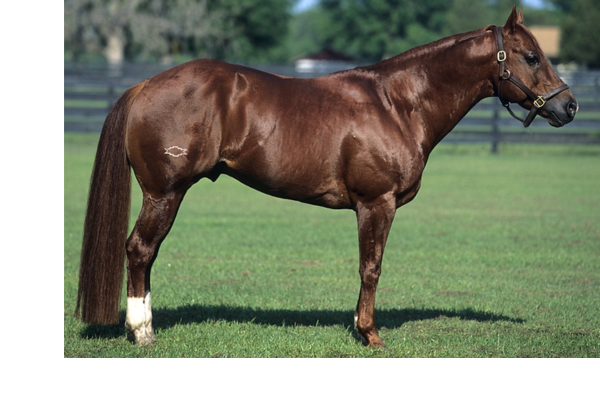
Quarter Horses are celebrated for their strength and adaptability. Their muscular builds and compact forms make them ideal for short races.
Origins and History
Developed in colonial America, they originated around the 1660s when Spanish horses were crossed with English horses, which had arrived in Virginia around 1610. The Quarter Horse breed was tailored for short races and ranch work. Their history is closely tied to the American West, where their agility and power were indispensable to cowboys. The horse breed became raced frequently by the late 17th century. Today, they are still bred for short-distance racing and have many other uses.
Physical Traits
- Build: Muscular with broad chests and powerful hindquarters, perfect for quick bursts of speed.
- Characteristics: Calm, gentle temperament making them suitable for both beginners and seasoned riders.
Athletic Prowess
Quarter Horses excel in short-distance sprints, particularly the quarter horse races. Their versatility extends to western riding, barrel racing, and trail riding, making them favorites in various equestrian disciplines.
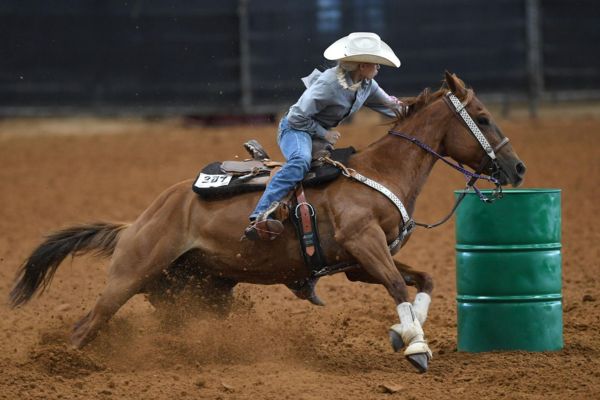
Care and Maintenance
Known for their hardiness, Quarter Horses require:
- Health: Generally fewer health issues, though hoof and muscular care are essential.
- Diet: Balanced nutrition and regular grooming to maintain their robust physique.
- Training: Responsive to gentle, steady training methods, allowing them to adapt to multiple activities.
Their friendly nature and reliability have made Quarter Horses one of the most popular breeds in the United States, often regarded as the fastest breed over shorter distances.
Thoroughbred vs Quarter Horse: A Comparative Analysis
History and Origins
| Feature | Quarter Horse | Thoroughbred |
|---|---|---|
| Origin | Colonial America | 17th Century England |
| Primary Use | Ranch work, rodeo, western riding | Horse racing, show jumping |
Thoroughbred horses were shaped by the demands of English racing tracks, while Quarter Horses evolved to meet the versatile needs of American ranchers and rodeo performers.
Physical Appearance quarter horse vs thoroughbred
| Feature | Quarter Horse | Thoroughbred |
|---|---|---|
| Build | Muscular, broad chest, compact | Lean, tall, refined head |
| Legs | Strong and sturdy | Long and slender |
Thoroughbreds resemble marathon runners, built for long-distance racing, whereas Quarter Horses are sprinters, excelling in short races.
Speed and Agility
- Thoroughbreds: Masters of long-distance racing, maintaining high velocities over extended races.
- Quarter Horses: Excel in short sprints, particularly effective in quarter horse races with rapid acceleration.
Both breeds exhibit exceptional agility, but their strengths lie in different types of racing and maneuvering.
Temperament and Personality
- Thoroughbreds: Energetic and sensitive, requiring experienced handlers to manage their spirited nature.
- Quarter Horses: Calm and gentle, making them ideal for a wide range of riders, including beginners.
Thoroughbreds thrive on competition and adrenaline, while Quarter Horses offer steadiness and versatility in various settings.
Training Approaches
- Thoroughbreds: Need calm, patient trainers to harness their high energy and sensitivity.
- Quarter Horses: Respond well to consistent, gentle training, adapting easily to multiple disciplines.
Each breed demands a tailored training regimen to maximize their inherent strengths.
Performance and Abilities
- Thoroughbreds: Dominate in thoroughbred racing, show jumping, and eventing due to their endurance and speed.
- Quarter Horses: Shine in ranch work, rodeo events, and short-distance racing, showcasing their power and versatility.
Their unique abilities make them indispensable in their respective fields.
Lifespan and Health
| Feature | Quarter Horse | Thoroughbred |
|---|---|---|
| Lifespan | 25 to 35 years | 25 to 28 years |
| Health | Hardy with fewer health issues | Prone to leg, respiratory, and digestive issues |
Quarter Horses generally enjoy longer, healthier lives, reflecting their robust nature and less intensive lifestyles compared to Thoroughbreds.
Purpose and Usage
- Thoroughbreds: Best suited for competitive racing and high-performance equestrian sports.
- Quarter Horses: Ideal for a wide array of activities, from ranch work to recreational riding.
Their purposes align with their physical and temperamental traits, catering to different equestrian needs.
Quarter Horse vs Thoroughbred Checklist
| Feature | Quarter Horse | Thoroughbred |
|---|---|---|
| Origin | Colonial America | 17th Century England |
| Build | Muscular, compact | Lean, tall, refined head |
| Speed | Best for short sprints | Built for long-distance racing |
| Temperament | Calm, gentle | High-spirited, energetic |
| Primary Uses | Ranch work, rodeo, western riding | Horse racing, show jumping |
| Training | Gentle, steady methods | Calm, patient, consistent |
| Health | Hardy, fewer issues | Prone to specific health concerns |
| Lifespan | 25 to 35 years | 25 to 28 years |
| Care Needs | Regular grooming, balanced diet | Intensive care, regular vet visits |
| Agility | Excellent in quick maneuvers | Excels in jumping and eventing |
| Popularity | Highly popular in the U.S. | Famous worldwide in racing |
Making the Right Choice: Thoroughbred or Quarter Horse?
Selecting between a Thoroughbred and a Quarter Horse hinges on your specific needs and preferences. Here’s a streamlined guide to aid your decision:
Choose a Thoroughbred if:
- You Crave Speed and Competition: Ideal for flat racing and high-energy sports.
- You Have Riding Experience: Their spirited nature suits those who can adeptly manage their energy.
- You’re Interested in Jumping or Dressage: Excels in show jumping, eventing, and dressage disciplines.
- You Can Provide Intensive Care: Requires regular veterinary attention and specialized maintenance.
Choose a Quarter Horse if:
- You Seek Versatility: Perfect for ranch work, rodeo events, and trail riding.
- You Prefer a Calm Temperament: Gentle and easy to handle, suitable for beginners and families.
- You Desire a Hardy Horse: Generally healthier with fewer care demands.
Conclusion to Quarter Horse vs Thoroughbred
This concludes the article on the key differences between Quarter Horses and Thoroughbreds.
Quarter Horses excel in quarter-mile races, showcasing their power and speed over short distances, thanks to their muscular build. In contrast, Thoroughbreds dominate longer distances, with their leaner frame better suited for endurance.
- Quarter Horses are favored in Western pleasure riding, cutting, reigning trail riding and ranch work due to their versatility. These physical differences make each breed ideal for specific racing events and riding styles.
Selecting between these two outstanding breeds depends on your equestrian goals, riding experience, and the kind of connection you’re looking for with your horse.
Other articles you may like:
The Best Horse Breeds for Barrel Racing to Win
Discover the Largest Breeds of Horses in the World
How Horses Show Affection to Humans – Learn How to Bond with Your Horse
14 Beautiful Black Horse Breeds of the World with Pictures
What do you think? Would you rather own a Quarter horse or a Thoroughbred? Leave a comment below I would love to hear from you!
